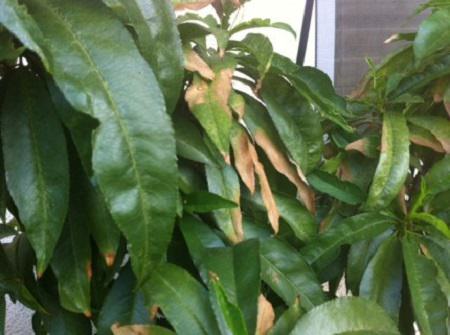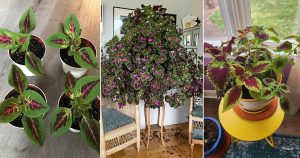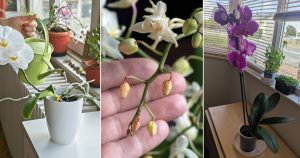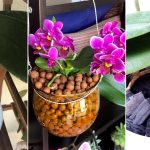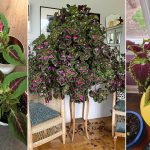Do as I say, not as I do.
That phrase is such a cop out, but the truth of the matter is that I often give better advice to others than I give to myself.
So what is all this hand wringing about? I sprayed cinnamon oil (a type of horticultural oil) on my nectarine tree. Seems like a smart decision for an organic gardener, right? Yes and no. Horticultural oil is great for solving problems like spider mites, which I was trying to banish from my tree. The mistake I made was to spray it on a day that was hot, which burned the leaves. Most horticultural oils should not be applied when temperatures sneak past 90F. Damn. I knew that.
This is not to say that I think you should throw out your stash of horticultural oil. On the contrary, horticultural oils are great for killing soft-bodied pests by smothering them (which is why horticultural oils are people safe). Horticultural oils can also be used to suppress diseases. And horticultural oils don’t negatively impact most beneficial insects. Bees, ladybugs, green lacewings, etc are either unaffected or likely to fly away while you’re spraying and be unbothered by it when they come back.
How to Properly Use Horticultural Oils
Most horticultural oils should not be sprayed on plants when temperatures dip below 40F or rise above 90F. It’s also helpful to apply them to well-watered plants on days that when you are expecting low humidity (below 65%).
You need to fully cover the affected plant. Make sure you spray the top and bottom sides of leaves as well as the stems. The oil must come in direct contact with the insect or egg to kill it. To kill soft bodied insects that have overwintered on your deciduous trees (such as most fruit trees), spray in fall after all the leaves have dropped or after insect dormancy ends in late winter or early spring.
Also, know that Japanese maples and junipers do not like being sprayed with horticultural oils, and you should not spray either type of plant.

